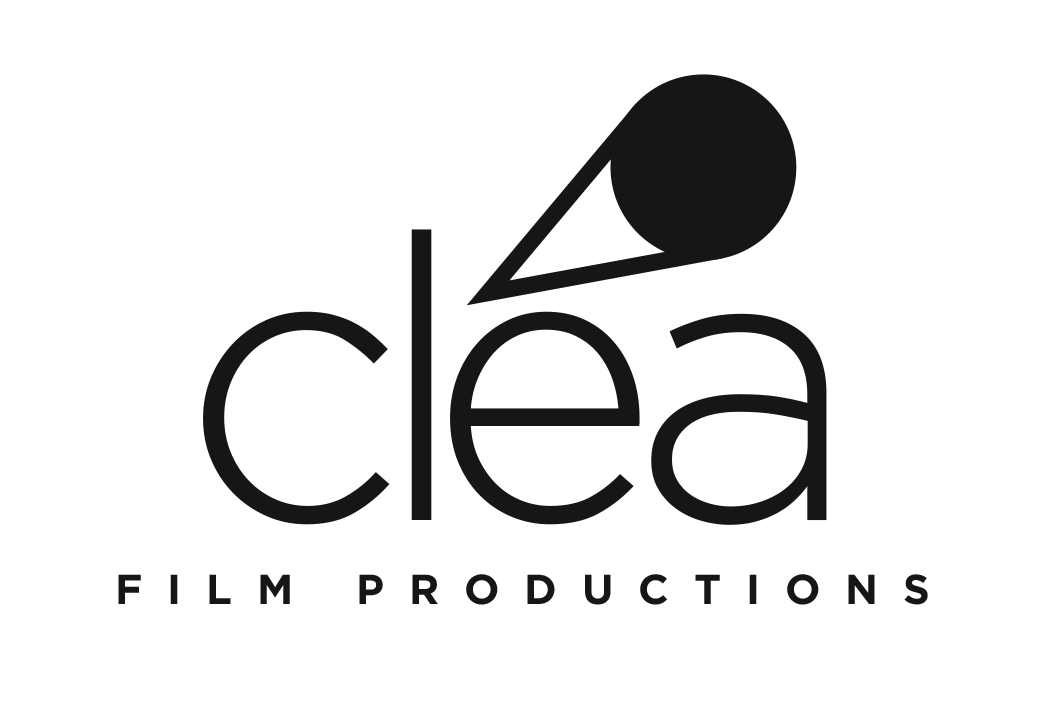Cléa van der Grijn
A note in reference to being a film artist maker vs a visual artist who makes film
By Cléa van der Grijn
Moving images and films are categorised into three groups: traditional cinema, artists’ film (or avant-garde/experimental film), and video art.
Cinema is seen as something that is story and actor
focused on reaching a wider audience for commercial profit,
artists’ films favour aesthetic/artistic vision or experimental methods over
commercial-profit. Video art is concerned with discovering/manipulating the medium of moving images themselves. These three
definitions dictate the manner in which artists see themselves,
how and which critics and audiences view works, and in what way the
work is (or is not) commodified after its creation. By willingly adhering to
this trichotomy, the intellectual community upholds a limiting and elitist
status quo of the modern art world, making it clear that these definitions
are superficially constructed. This construction, instead of legitimising film
as a medium, inhibits a level of creativity and authenticity that could
liberate not only all film and video-makers as a whole but also provide
audiences with more complex, fulfilling experiences without narrowing the
range of current distribution models.
Reflecting on major changes whilst identifying new paths towards professional practice in both my film and painting, I am acutely aware of how the various distribution models affect the viewing and labelling of my film work. When my work wins awards for experimental-film at prestigeous film festivals there is a sense of levity as a film-artist, there is a legitimacy of me being a “film-artist” when work is screened at IMMA. However, when my work wins awards or is screened at international film festivals such as Melbourne, New York or Toronto. Belfast, Cork, Berlin and Los Angeles it is seen as “less” in the Arts Council film category, and I am directed towards visual arts.
My practice is curtailed by labels. In advance of creation, I feel bound by the framing of my practice and to whom I could apply for funding to develop my ideas. Too experimental for many film festivals. For some supporting and promoting artists’ moving-image practice, my work is deemed not experimental enough.
I would like to argue for these delineations and against static narrative
scripts. The divisive language that currently haunts film and video-art literature undermines the intellectual ability of film to speak for itself as its own independent yet still multifaceted and fluid field. By removing the barriers between video art, experimental film, and cinema, not only filmmakers
regain control of the medium and its creative possibility, but audiences will
also be opened up to a new level of access and intellectual understanding
of film.
I have successfully transitioned from visual artist to filmmaker whilst retaining my professional painting practice. I have pushed the boundaries even further by making a feature film. My films, four shorts and a feature, have had critical acclaim, winning awards at experimental film festivals as well as art-house, noir, and prestigious international film festivals where more mainstream films are considered. My films have been shown in galleries and art centres, however, mostly in large cinema theatres.

